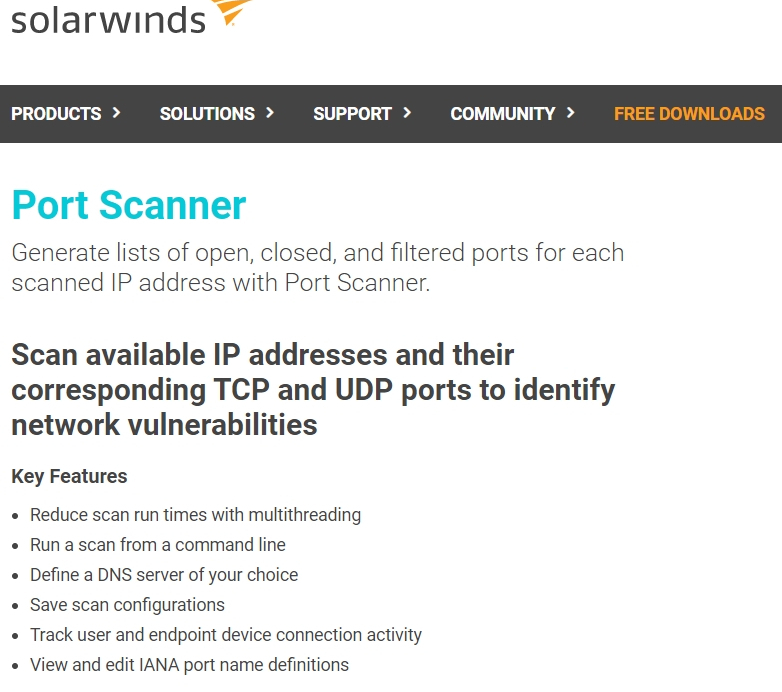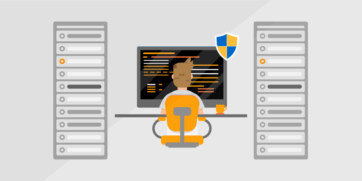
For more information about protocol logging on Receive connectors, see Protocol logging. By default, these connectors are enabled, and protocol logging is disabled for most of them.
Lansweeper ports needed install#
Several different Receive connectors are created by default when you install Exchange. The TransportRole parameter allows you to distinguish between frontend (Client Access) and backend connectors on Mailbox servers.ĭefault Receive connectors created during setup This helps minimize the risk of fraudulent certificates. The TlsCertificateName parameter allows you to specify the certificate issuer and the certificate subject. These are the notable changes to Receive connectors in Exchange 2016 and Exchange 2019 compared to Exchange 2010: Receive connector changes in Exchange Server

On Edge Transport servers, you can only use the Exchange Management Shell. On Mailbox servers, you can create and manage Receive connectors in the Exchange admin center (EAC) or in the Exchange Management Shell. To accept encrypted mail by using a specific TLS certificate. To apply special properties to an email source, for example, a larger maximum message size, more recipients per message or more simultaneous inbound connections. Each Receive connector on the Exchange server uses a unique combination of local IP address bindings, TCP ports, and remote IP address ranges that define if and how connections from SMTP clients or servers are accepted.Īlthough the default Receive connectors are adequate in most cases, you can create custom Receive connectors for specific scenarios. Permission groups: Configure who's allowed to use the Receive connector, and the permissions that they receive.Ī Receive connector listens for inbound connections that match the configuration settings of the connector. Usage type: Configure the default permission groups and smart host authentication mechanisms for the Receive connector. Remote network settings: Configure the source IP addresses that the Receive connector listens to for connections. Local adapter bindings: Configure the combination of local IP addresses and TCP ports that the Receive connector uses to accept connections.

These are the important settings on Receive connectors: On Edge Transport servers, the Receive connector is stored in Active Directory Lightweight Directory Services (AD LDS). On Mailbox servers, the Receive connector is stored in Active Directory as a child object of the server. By default, the Receive connectors that are required for inbound mail flow are created automatically when you install an Exchange Mailbox server, and when you subscribe an Edge Transport server to your Exchange organization.Ī Receive connector is associated with the Mailbox server or Edge Transport server where it's created, and determines how that specific server listens for SMTP connections. You can create Receive connectors in the Transport service on Mailbox servers, the Front End Transport service on Mailbox servers, and on Edge Transport servers.

Services in the transport pipeline on the local Exchange server or on remote Exchange servers.Įmail clients that need to use authenticated SMTP to send messages. Messaging servers that are external to the Exchange organization.

Exchange servers use Receive connectors to control inbound SMTP connections from:


 0 kommentar(er)
0 kommentar(er)
